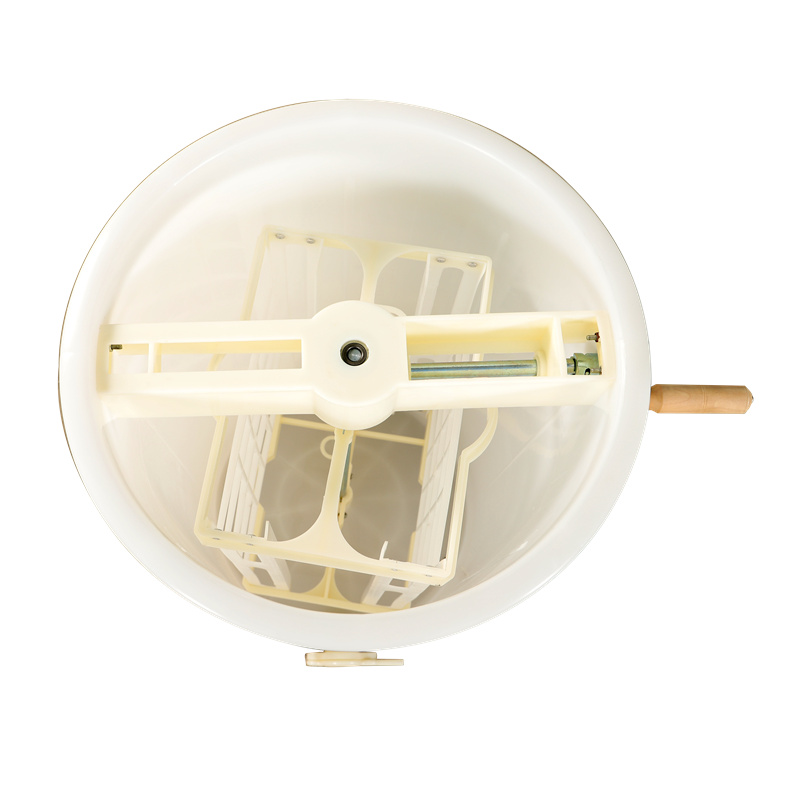In the realm of environmental technology and filtration systems, the bee filter is emerging as a revolutionary tool with significant potential. This innovative concept draws inspiration from the natural world, specifically the remarkable efficiency of bees. The bee filter leverages nature’s own designs to improve filtration processes across various applications, demonstrating both environmental benefits and enhanced performance.
What is a Bee Filter?
The bee filter is a type of filtration system designed to mimic the natural filtering mechanisms of bees. Bees, known for their critical role in pollination, also exhibit fascinating filtering capabilities. They use their specialized body structures to collect pollen, demonstrating a sophisticated method of sorting and retaining particles. Inspired by these natural processes, the bee filter integrates similar principles to enhance its efficiency in trapping and removing contaminants.
Applications of the Bee Filter
One of the most promising applications of the bee filter is in water purification. Traditional water filters often struggle with maintaining high efficiency over time. The bee filter addresses this by using a design that mimics the way bees trap and filter particles. This not only improves the filter’s ability to remove contaminants but also extends its operational lifespan, making it a more sustainable choice.
Another significant application is in air filtration. The bee filter can be employed in various settings, from industrial facilities to residential homes. By emulating the natural filtering processes observed in bees, these filters can effectively capture pollutants and allergens, contributing to better air quality and a healthier environment.
Environmental Impact and Sustainability
The bee filter offers considerable environmental benefits. Traditional filters often rely on synthetic materials that can be harmful to the environment. In contrast, the bee filter utilizes materials and designs inspired by nature, which can be more sustainable and less harmful. By enhancing the efficiency of filtration processes, the bee filter also reduces the frequency of replacements and waste, further promoting environmental sustainability.
The Science Behind the Bee Filter
The design of the bee filter involves intricate understanding and replication of the natural filtering mechanisms found in bees. Researchers and engineers study the structural features of bee bodies, including their hair-like structures and unique patterns, to develop filtration systems that emulate these characteristics. The result is a filter that not only performs better but also adheres to principles of biomimicry, where human-engineered solutions are inspired by biological systems.

Future Prospects
As research into the bee filter continues, there is potential for expanding its applications and improving its design. Innovations could lead to even more efficient filtration systems, contributing to advancements in environmental technology. The ongoing development of the bee filter highlights the growing trend of integrating nature-inspired solutions into modern technology, promising a future where efficiency and sustainability go hand in hand.
The bee filter represents a significant leap forward in filtration technology, combining natural inspiration with cutting-edge design. By mimicking the effective filtering mechanisms of bees, this innovative solution offers enhanced efficiency and sustainability. As we continue to explore and refine the bee filter, its applications and benefits are likely to expand, making it a key player in both environmental protection and technological advancement.

